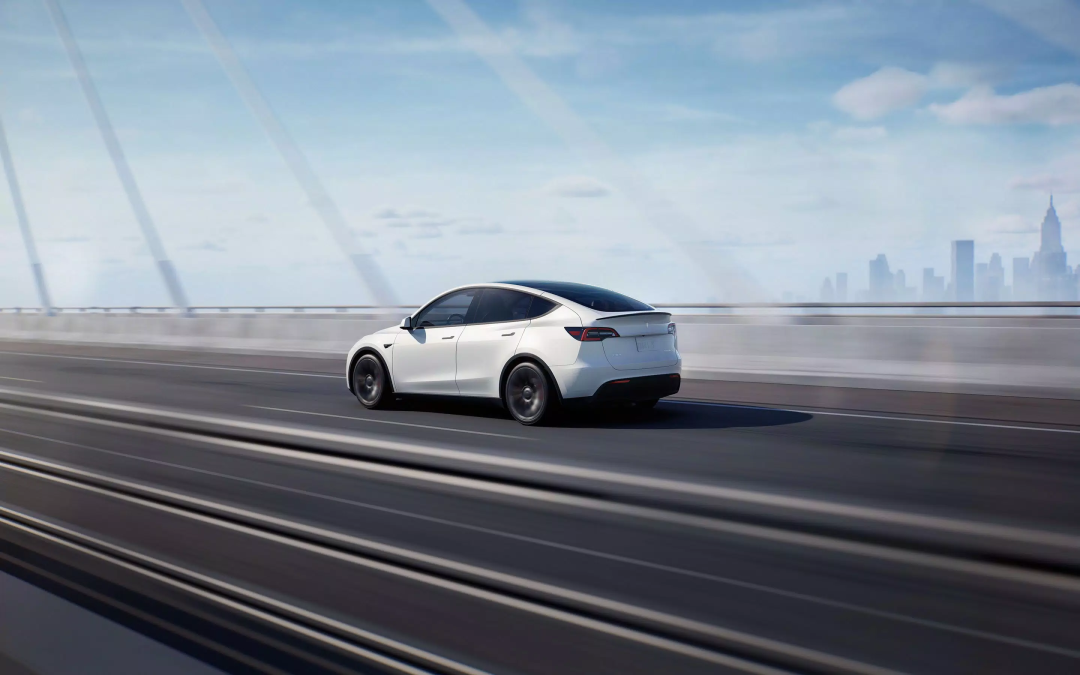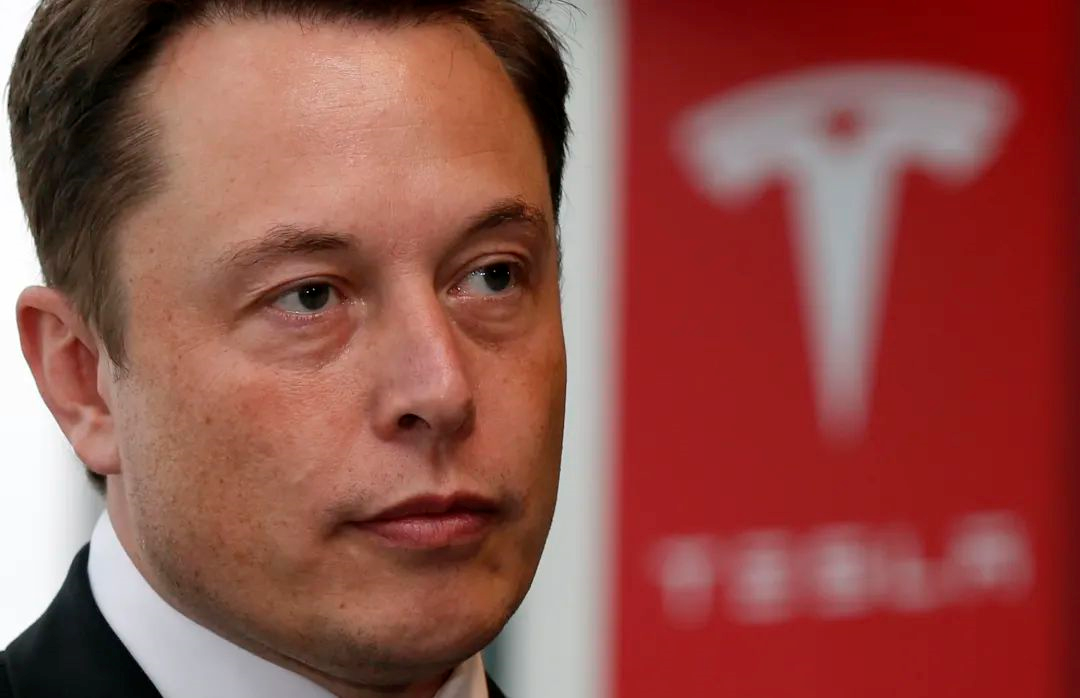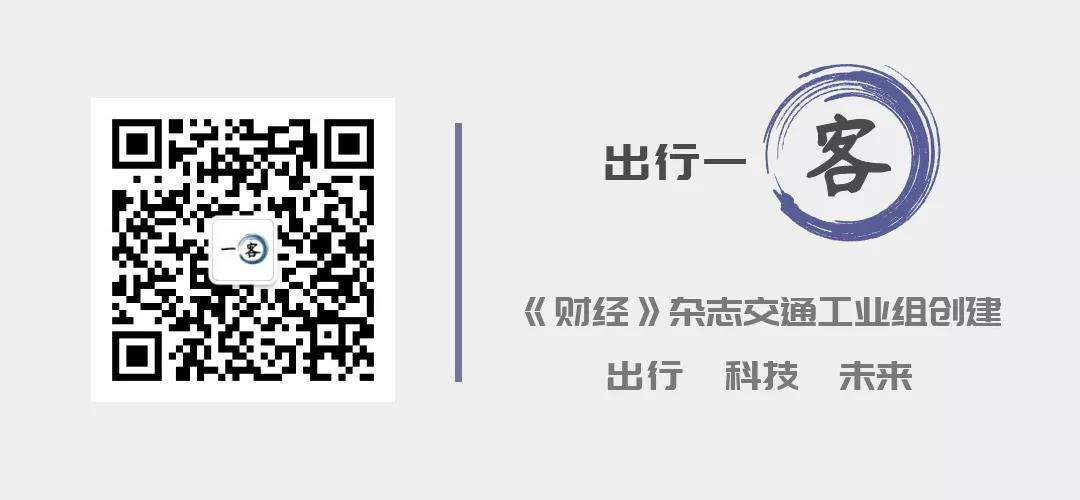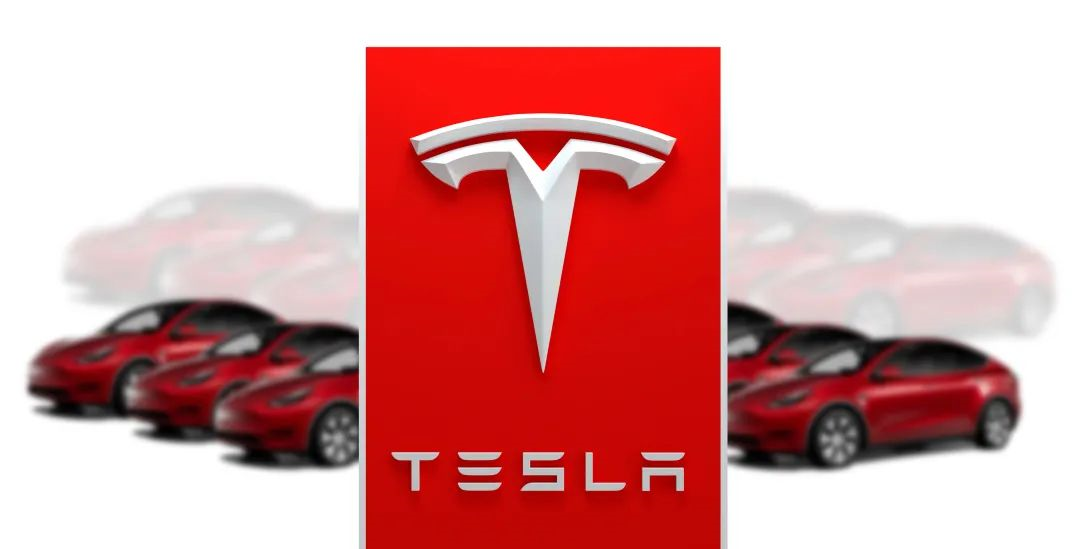This article is authorized to be reproduced from Travel One Guest (WeChat official account ID: carcaijing), created by the Transportation Industry Group of “Finance” magazine, authors: Wang Jingyi, Guo Huaiyi, Guo Yu, Li Xiyin, Shao Wei, edited by Li Xiyin, Shi Zhiliang.
Musk is a “fussy” businessman who chose Shanghai after a global search, not only for its large population and consumption potential, but also for its pioneering policy of allowing wholly-owned factories.
After experiencing startups, Tesla has been deeply embedded in the market cultivation and industrial development of China’s new energy vehicles for at least the past decade.
The Chinese new energy vehicle industry chain helped Tesla solve its quality control problems, making formerly “leaky” and “noodle-carrying” cars affordable and desirable. Tesla has also driven the Chinese industry chain, not only helping a group of “special chains” enterprises mature and grow, but also laying a foundation for China’s new energy industry.
In 2019, Tesla’s super factory settled in Shanghai, becoming the first foreign-owned wholly-owned new energy vehicle company, introducing integrated die-casting technology, making car production easier, and solving production capacity constraints, with giant orders from the world’s largest consumption market. Tesla also serves as the best example of China’s unwavering commitment to high-quality opening up, highlighting that mutual benefits can be achieved as long as there is business negotiation and respect for rules.
China’s supply chain and Tesla complement each other
95% of parts localization rate. The Chinese new energy supply chain itself is already quite powerful. After joining the “special chain”, there has been greater progress in aspects such as yield, efficiency, and cost control, and the brand power of Tesla has also allowed “special chain” enterprises to go global.

“Before (Tesla’s cars) were localized, they leaked.” Ms. Zhang, who had purchased two Tesla cars, recalled to “Finance” reporters.
While not a common occurrence, poor quality control was a common complaint from early Tesla customers. In 2019, a foreign Model 3 owner found that the vehicle always had noise inside – originating from noodles in the engine compartment.
After localization, Tesla changed in terms of quality control and production.
“Before entering China, Tesla’s supplier quality in the United States was not very good. From the perspective of European Volkswagen standards, the quality performance was quite poor,” Zhang Junyi believes that Tesla has established cooperative relationships with some of China’s top automotive suppliers, such as Yanfeng, which produces interiors and seat systems, and Contemporary Amperex Technology Ltd., which produces power batteries. This has further optimized the quality and cost of domestic Tesla.Recently, Li Qian, the secretary of the board of directors of BYD, stated that it’s highly unlikely for Tesla to increase production without establishing a factory in Shanghai and relying on China’s supply chain.
Li Qian did not exaggerate China’s industrial chain’s contribution to Tesla. According to incomplete statistics from Aurora Consulting, Tesla has nearly 100 core suppliers in China that cover almost every aspect of the new energy vehicle industry chain, from critical components like batteries, motors, and electronic controls to charging piles, chassis, and interiors.
In addition to improving quality control, Chinese supply chains also reduce Tesla’s costs. Tesla has previously indicated that the per-unit cost of producing Model 3 at its Shanghai factory is 65% lower than that of its US factories.
Even for the same model, the domestic price is generally lower than the overseas version. For example, the long-endurance version of Model Y is priced at 65,000 USD in North America (approximately RMB 458,000), while the domestic version is priced at only RMB 394,000 per vehicle, with a difference of 60,000 RMB.
2020 was Tesla’s first year of localization in China, and it was also the first year of full-year profit since its establishment 17 years ago. In Zhang Junyi’s view, this is thanks to the contribution of Tesla’s Shanghai factory and China’s local supply chain, realizing mutual learning and progress between Tesla and China’s automotive industry chain.
95%, this is the localization rate of the Shanghai Super Factory’s industrial chain disclosed by Tao Lin, vice president of Tesla, on September 10th.
As a Chinese connector product supplier, Rui Ke Da mainly produces devices that connect current or signal. In 2016, Rui Ke Da entered Tesla’s supply chain system, opening up the market since then. Currently, Rui Ke Da has become a supplier for many automakers such as NIO, SAIC Group, and BYD, and the company’s revenue and net profit have grown from RMB 308 million and RMB 41.86 million in 2016 to RMB 902 million and RMB 114 million in 2021, respectively.
The current Tesla industrial chain can be compared to the early golden decade of Apple’s industrial chain. The large number of enterprises fostered by the Apple industrial chain in China helped China’s mobile phone industry achieve a qualitative breakthrough in the smartphone era. Now, Tesla and China’s industrial chain are in close interaction, and companies on the Tesla industrial chain such as CATL have further solidified their leading position in the global power battery industry. In the context of the accelerating transformation of the global automotive industry, Chinese companies on the Tesla industrial chain will make significant contributions to China’s automotive industry to achieve overtaking on the bend.Roland Berger’s global senior partner and vice president of Greater China, Zheng Yun, told journalist from “Finance” that it was not surprising for the backward enterprises to follow Tesla. From the perspective of the supply chain, it’s better to use the already mature industrial chain, which is low cost and stable, rather than to establish a new one.
Jiang Hui, the chief operating officer of Xpeng Motors, told the journalist from “Finance” that Tesla’s Shanghai super factory continuously improves the localization rate of auto parts and promotes the technological progress and chain integrity of China’s new energy auto supply chain, benefiting Chinese brands including Xpeng Motors.
Tesla is not only promoting the localization of the industrial chain, but also promoting talent cultivation. In May this year, Shanghai Electric Power University and Tesla signed the cooperation agreement to build the “Modern Industry College”. Shanghai Electric Power University cultivates the urgently needed professional and composite talents for Tesla through directional training, and Tesla will give priority to employing graduates from the university. At present, more than 300 front-line employees have received course training at the university, which will last for about two to three years each year, and thousands of front-line workers will go to the university for further study in the future. According to Liu Yang, president of Tesla Corporate University, the cooperation solves the problem that front-line workers do not have a higher education, and improves their application ability in the field of mechanical and electrical integration, and provides conditions for employees to apply for integral settlement.
The relationship between China’s new energy industry and Tesla is mutually beneficial. Xu Haidong told the journalist from “Finance” that China had long established a complete new energy supply chain, and Tesla had benefited from the whole set of dividends, reducing costs and increasing production capacity. To some extent, the supply chain with good quality and low costs is unparalleled in the world, and when Tesla chooses to enter China, it has already voted with its feet, showing the strong strength of the whole new energy industry chain in China.
“China has many talented, hardworking people,” said Elon Musk. Musk is a “penny-pinching” businessman. After comparing all the factories in the world, he chose Shanghai, not only because of the population and consumption potential, but also because of the openness of the policies: allowing sole proprietorship to build factories. As long as you visit the Tesla Shanghai Super Factory, you will always stop in front of a poster: “Laid the foundation on January 7, 2019, completed acceptance on October 25, and delivered the first batch of Model 3 to internal employees on December 30….” The explainers always emphasize this point. Musk has long favored the Chinese market. As early as January 2014, he expressed his intention to enter the Chinese market. That autumn, Tesla established after-sales centers in Beijing and Shanghai.
 After a lackluster delivery of only 4,000 vehicles in China due to the high import tariffs of 25% for whole vehicles and 15% for parts, Tesla began to aggressively build charging stations and lobby for lower tariffs by building a factory in China. The Vice President of Tesla in the Asia-Pacific region, Ren Yuxiang, became popular among local governments, and rumors of Tesla’s arrival in certain cities circulated frequently.
After a lackluster delivery of only 4,000 vehicles in China due to the high import tariffs of 25% for whole vehicles and 15% for parts, Tesla began to aggressively build charging stations and lobby for lower tariffs by building a factory in China. The Vice President of Tesla in the Asia-Pacific region, Ren Yuxiang, became popular among local governments, and rumors of Tesla’s arrival in certain cities circulated frequently.
According to an anonymous source, Tesla was initially interested in Pudong Jinqiao, Shanghai, but eventually chose a location with more favorable conditions offered by other local governments. The main obstacle for Tesla’s factory construction was the requirement of at least 50% Chinese ownership for foreign joint ventures, which hindered the negotiations.
Expanding cooperation and opening up markets is not an easy task and requires confidence in the maturity of one’s own industry and courage to introduce competition. In 2017, Elon Musk expressed interest in entering the Indian market due to its large population and strong consumer power, but negotiations with the Indian government on market access and factory construction remained unresolved even after six years.
Although some countries and individuals have criticized China’s high tariffs on the automotive industry, protecting certain industries is necessary for all countries. With the implementation of a series of significant measures to expand opening up in 2018, including the easing of foreign ownership limitations and significant reduction in import tariffs for industries such as automotive manufacturing, Tesla’s factory construction went into fast track mode. In May of the same year, Tesla (Shanghai) Co., Ltd. obtained its business license; two months later, Musk announced the factory’s location in Shanghai; in October, Tesla acquired factory land for 973 million yuan; and in January of the following year, construction of the first phase of the super factory was announced. The fact that it began construction and was able to produce and deliver vehicles in the same year shows the speed of both Tesla and Shanghai.# News from the Front Page of Liberation Daily on July 11, 2018:
- Tesla’s first overseas plant settles in Shanghai;
- Shanghai announces plan to expand opening up with 100 measures.
At the meeting with Musk in that year, Li Qiang, the Secretary of the Shanghai Municipal Party Committee, said: “We will actively create an internationalized, legalized, and convenient business environment, and create more favorable conditions for Chinese and foreign enterprises to develop in Shanghai.” Three months later, the first China International Import Expo was held in Shanghai, and China’s opening-up to the outside world was further widened. This year marked the 40th anniversary of China’s reform and opening-up.
Tesla is the first foreign-funded automaker in China to produce whole vehicles. Based on this, China has gradually relaxed the restrictions on the share ratio of foreign investment in the automotive industry. As of January 1, 2022, the policy “red line” of the 50% limit on foreign equity stakes in the Chinese automobile industry for nearly 30 years has been completely eliminated.
At the beginning of 2019, Miao Wei, the then Minister of Industry and Information Technology of China, publicly stated that Tesla became one of the first beneficiaries of China’s further expansion of opening up.
“China’s reform and opening-up have solid measures. In the long run, I am very optimistic about China’s future.” In January 2019, when the factory started, Musk publicly stated that the speed of China’s development and efficiency was impressive. Tesla will work hard to make the Shanghai factory one of the most advanced factories in the world and achieve mutual benefit and win-win outcomes.
The investment environment is like air, and fresh air can attract more foreign investment. The vote of confidence cast by the international community is the biggest approval of China’s continued optimization of the business environment. In the era of economic globalization, no country is willing to become a “forgotten corner,” and no enterprise will refuse significant development opportunities.
In September 2022, the Ministry of Commerce released data showing that from January to August 2022, the actual use of foreign investment nationwide was RMB 892.74 billion, a year-on-year increase of 16.4% by comparable caliber, equivalent to USD 138.41 billion, an increase of 20.2%.
Facing the noise of deglobalization, Tesla’s factory construction in China has sent a signal of China’s opening-up. Xu Haidong told reporters from “Caixin”: The effect of localization is remarkable: Musk no longer worries about production capacity, and Tesla’s sales are even stronger. This signal makes all foreign-funded enterprises see and choose their own paths.
According to data released by the China Association of Automobile Manufacturers, in the first half of 2022, a total of 202,000 new energy vehicles were exported, of which 97,182 vehicles were exported by Tesla’s Shanghai Super Factory, accounting for 48% of China’s total new energy vehicle exports.
As a beneficiary, Musk has praised China many times, including government officials and frontline workers.## Translation
The latest article by Elon Musk, titled “Believe in Technology for a Better Future,” was published in the Chinese state-run magazine “China Netcom” under the supervision of the National Internet Information Office in August 2022. In this almost 3,000-word article, he mentioned that “Chinese companies will be an insurmountable force in the energy revolution.”
Musk also praised the hard work of Chinese workers: there are many talented and hardworking people in China, not just working until midnight, but also working until 3 a.m. On the other hand, American workers try their best not to go to work.
In May 2022, Musk confirmed that he would expand the Shanghai Superfactory to achieve increased production.
Just like when Sir Run Run Shaw came to invest in the mainland and always stopped at the airport in the capital to take a look at the mural “Ode to Life” to see if it was still there. The admission of “Teslas” to establish a wholly-owned factory in China allows enterprises with high-quality technologies to share the benefits of the largest consumer market and achieve mutual success, boosting the confidence of more foreign companies to invest more in the Chinese market.
In June 2022, BMW Group’s third factory officially opened in Shenyang, with an investment of more than 2 billion euros, which is the largest investment that the BMW Group has made in China to date. This marks the successful completion of BMW Group’s investment of approximately 83 billion yuan in its Shenyang production base since 2010, making Shenyang the largest production base of BMW Group worldwide.
Spokesperson for the Ministry of Commerce, Shu Jueting, stated that since the beginning of this year, a batch of multinational companies, including BMW, have accelerated their investment and layout in China. This fully demonstrates the unabated confidence of foreign companies in the Chinese market and their positive prospects for long-term development in China.

This article is a translation by ChatGPT of a Chinese report from 42HOW. If you have any questions about it, please email bd@42how.com.
